Korg DW-8000: The Best Hybrid Classic Synth You’ve Never Heard
Digital waveform oscillators, musical analog filter, and complex digital envelopes make for one special instrument.
The mid-‘80s saw the release of the Korg DW-8000, a unique digital/analog hybrid that sounds like nothing else on the planet. This is its story.
Korg DW-8000
For every Roland Juno-106 and Prophet-5, there are plenty of mid-tier synths that never broke through into the big time. Not for lack of features or sound quality either; with so many excellent instruments released between the late-‘70s and early ‘90s, not every synth could be a runaway hit.
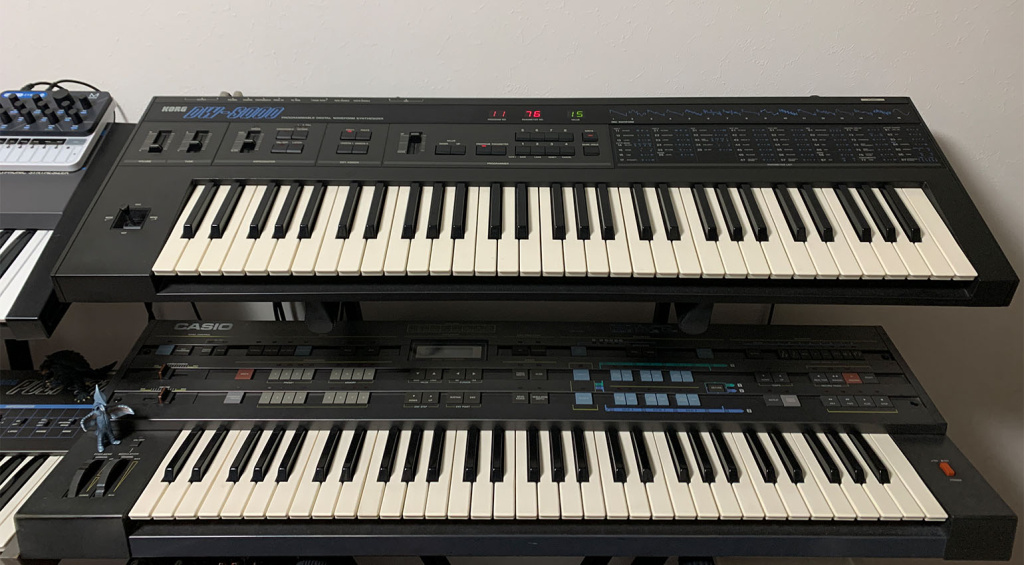
The Korg DW-8000, released in 1985, is one such underrated poly. Not only is it a great-sounding instrument with eight voices of polyphony, aftertouch and on-board effects, it’s a hybrid synth, something relatively new for the time. Given that it used samples rather than analog oscillators, it was capable of very realistic organs as well as traditional synthesizer sounds.
Plenty of people used it too, from prog heroes like Keith Emerson, Rick Wakeman, and Tony Kaye to Klaus Schulz and Depeche Mode, who took it out on the road for the Black Celebration Tour in 1986.
This is the story of the best hybrid classic synth you’ve never heard. Hold onto your single cycle waveforms, as it’s going to get weird.
Korg in the 1980s
To understand the DW-8000, we first need to understand Korg in the 1980s. Despite some success with the PolySix in 1981 and Poly-800 (the first poly to break the $1000 price barrier) in 1983, Korg was struggling financially. Yamaha came along with its DX7 and sent everyone scrambling for the next big digital thing. Korg would eventually get there with the M1, but between the release of the DX7 and its own world-beating sample and synthesis workstation in 1988, the Japanese company threw anything and everything digital at the market to see what would be a hit. This included sampling (DSS-1, DSM-1) and even FM (DS-8, 707) thanks to Korg’s long-standing relationship with Yamaha.
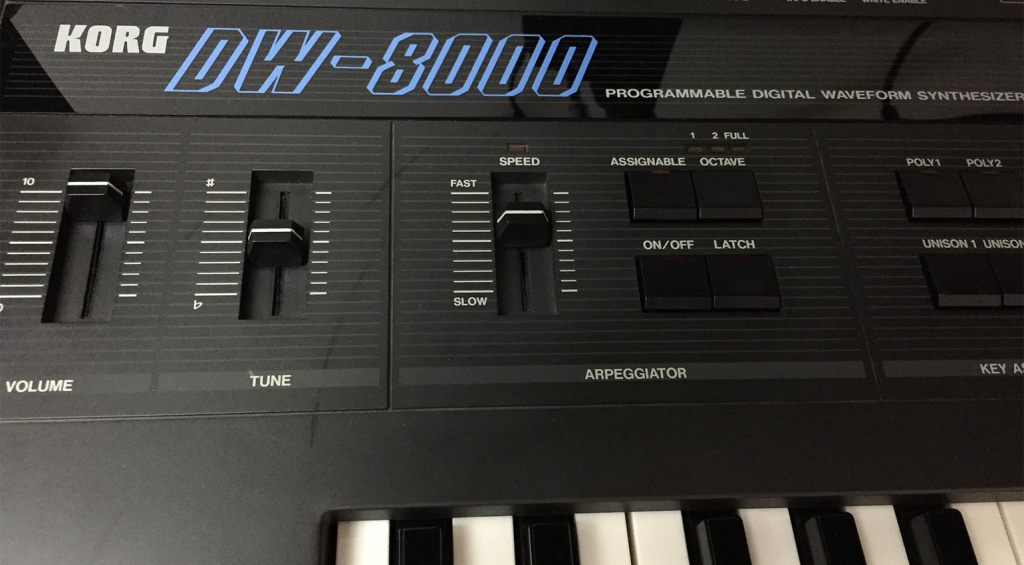
Korg also experimented with hybrid synths, combining digital and analog in a single instrument. This was nothing new, with Wolfgang Palm’s PPG Wave series having paved the way for digital oscillators and analog VCFs and VCAs working together. Korg’s first hybrid was the DW-6000, a six-voice poly with eight single cycle digital waveforms as oscillators. Korg soon replaced this with the DW-8000, upping the voice count to eight, available waveforms to 16, adding velocity sensitivity and channel aftertouch, and replacing the analog chorus with a versatile digital delay – a first for a synth.
It was the combination of all these individual elements that makes the Korg DW-8000 so special-sounding. It honestly sounds like no other synth out there. Let’s look at some of its synthesis sections in more detail.
DWGS Oscillators
You may have seen the acronym DWGS on a Korg synth description. DWGS stands for Digital Waveform Generator System. These are single-cycle digital waveforms sampled at 8-bit from an additive synthesis generator. These run the gamut from traditional analog synthesizer waveforms like sine and sawtooth to acoustic sounds such as piano, violin and brass (see the photo for the full list as reproduced from the manual). You get a different waveform for each octave of the keyboard. These are not wavetables, per se, just very, very short single waveforms. And remember, these are not samples of acoustic instruments but additive recreations of them.
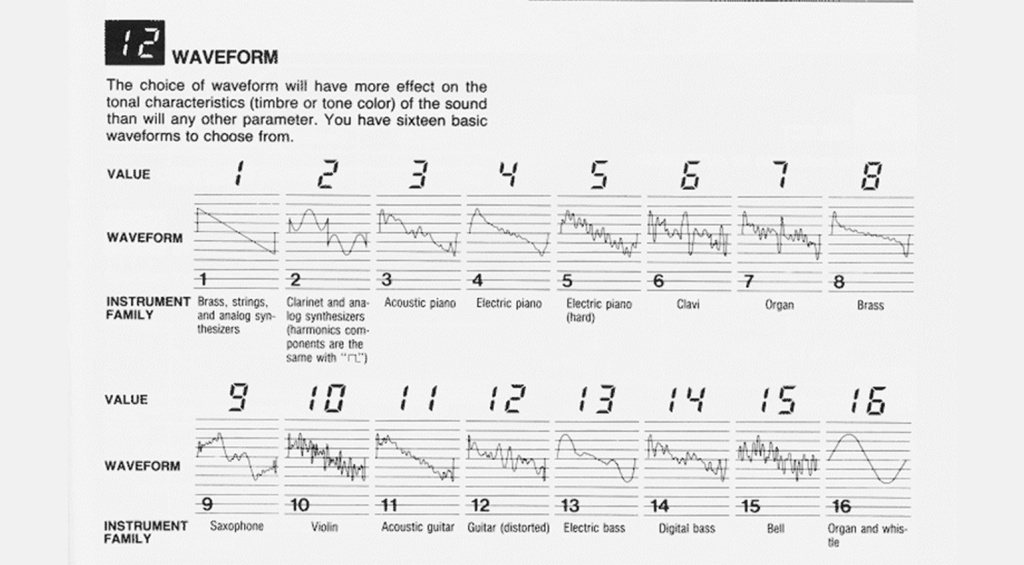
As with other ‘80s sample-based instruments, there’s aliasing present, especially in some of the higher notes. But this, I would argue, is part of the charm. It doesn’t sound like a PPG Wave exactly (the Kawai K3, another ‘80s hybrid, is a little closer) but more like a quirky VA synth or something else very modern.
There are two oscillators per voice, allowing for some interesting waveform combinations. Sawtooth and saxophone? Sure, why not. Electric piano meets digital bass? Give it a try. You can already see how unique this is for the time. Now detune them against each other. Delicious.
Filter, VCA, Envelopes
The digital signal path is then converted into analog and passes through the 24dB/Oct lowpass filter. This is Korg’s NJM2069 filter, the same one in the Poly-800 and other mid-’80s instruments. It’s warm and musical and is a huge part of the sound of the DW-8000.
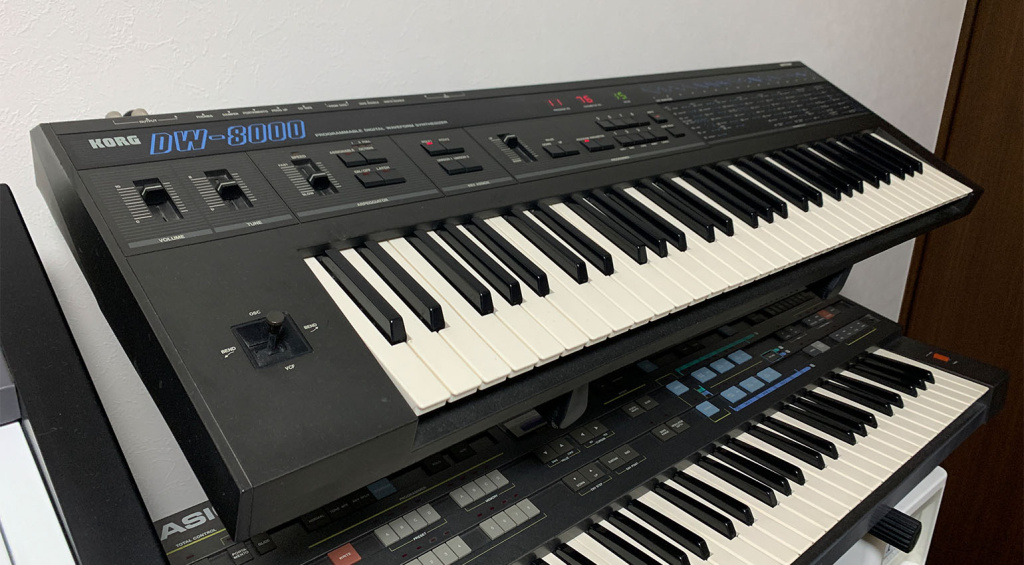
The VCA in the Korg DW-8000 is also analog – but the envelopes are not. Taking a page from the same book as the Casio CZ-101, the DW-8000 offers digital envelopes with multiple breakpoints. The ADBSSR envelopes feature Attack, Decay, Break Point, Slope, Sustain, and Release stages, allowing for more complex shapes and movement than your typical ADSR circuit.
Another unique feature of the Korg DW-8000 is the auto-bend parameter. This is essentially a pitch envelope for portamento and other onset pitch effects. However, stretch it out to absurd lengths and you can create some unique special effects – especially when you point it at only one of the oscillators.
Let’s Get Digital… Delay
As mentioned before, the Korg DW-8000 features a digital delay. It features not only long delays (up to 500ms) but also modulation, meaning you can also dial in chorusing, flanging and double tracking effects too.
A simple but fun arpeggiator rounds things out. Yes, it clocks to MIDI. So fun.
My Korg DW-8000
My relationship with the DW-8000 started when I was living in Tokyo. I found one for a very good price and decided to take a chance without ever having played one. It needed some work – I had to replace all the tactile switches – but overall I was pretty pleased with how little I paid for it.
It’s not my go-to poly, however. When I want typical analog synth sounds I’ll fire up my Juno-106, Poly-61 or even JX-10. But when I need some of that special sauce, something unique to spice up a track, the DW-8000 never lets me down. It’s the ultimate track finisher.
Get That DW-8000 Sound
Given its cult status, the DW-8000 doesn’t invited to the usual Juno/Jupiter/DX7 emulation party. This makes it hard to get that DW-8000 sound without actually buying a vintage Korg DW-8000. However, you do have a few options.
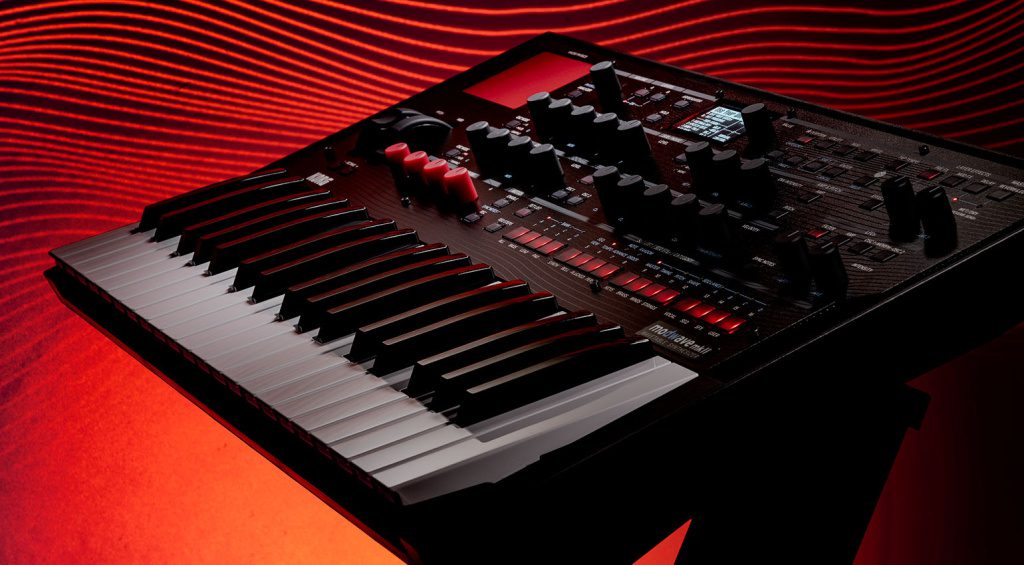
Full Bucket Music does a very good emulation, FB-7999, and it’s free. You can’t beat that.
If you don’t mind samples, check out IK Multimedia’s Syntronik 2. It has a DW-8000 recreation inside.
Although you won’t get the same signal path, you can get access to the classic DWGS waveforms in a number of Korg instruments on the market today, including KingKorg Neo, MicroKorg 1 and 2, and Modwave, which directly references the DW-8000 in its promotional material.
Lastly, if you do get your hands on a vintage DW-8000, you may want to consider pairing it with a Retroaktiv DW-8P controller. One of the DW-8000’s admitted downsides is the lack of hands-on control. This goes double for the rackmount EX-8000, which is cool but pretty gosh darn rare. Bonus cool points if you have a MEX-8000 memory expander too.

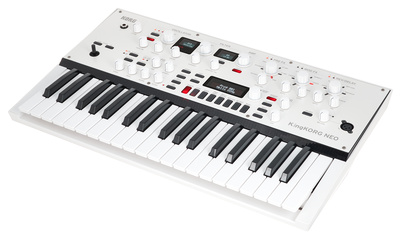

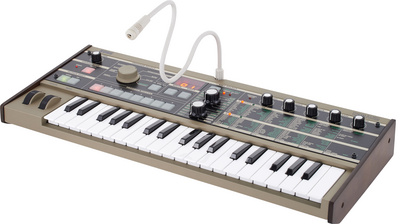

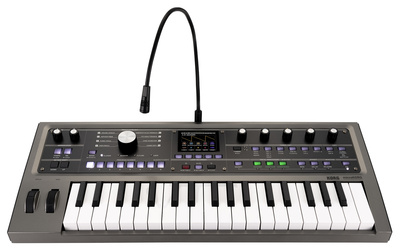

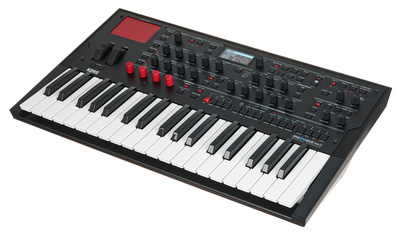


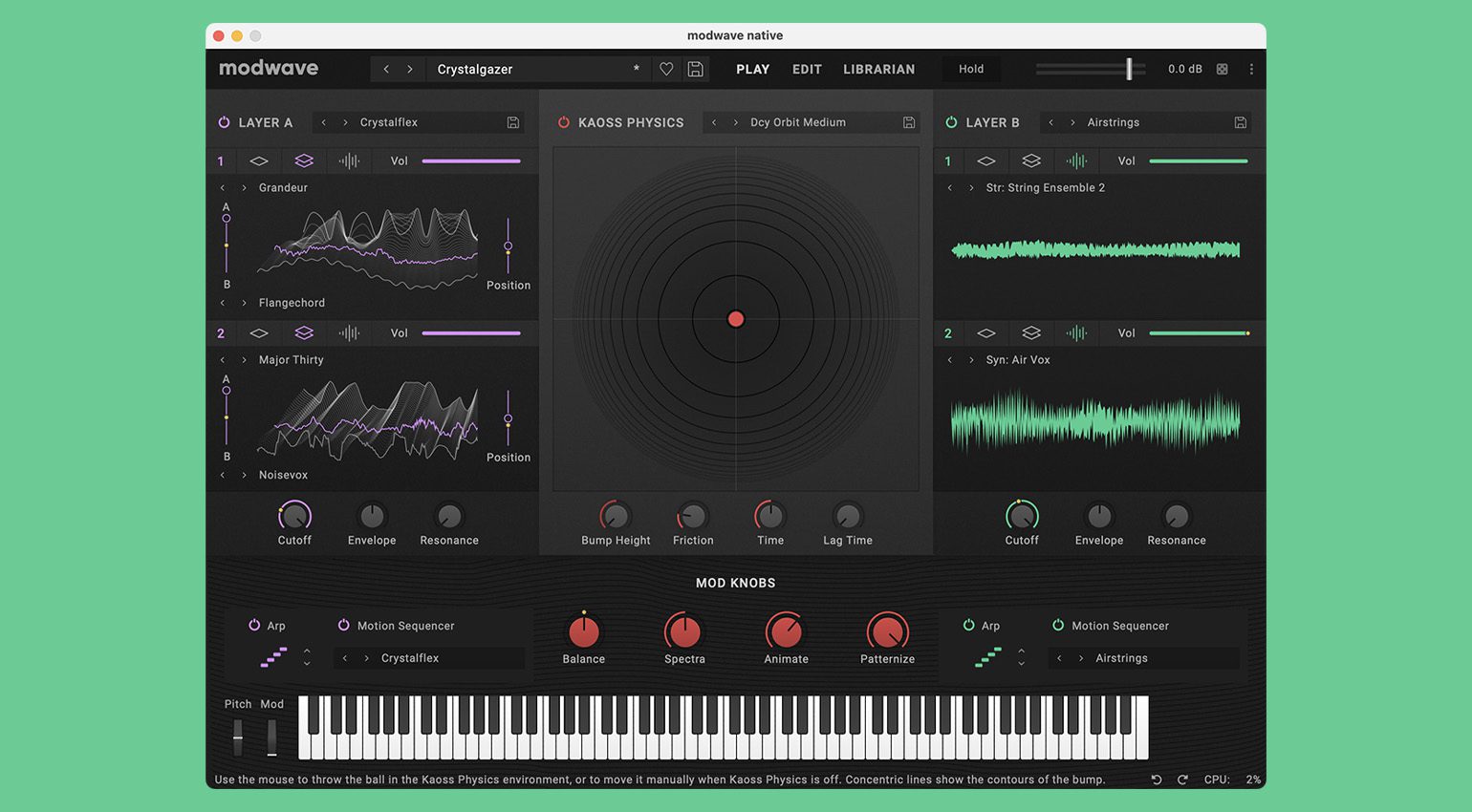
More Information
- Korg home page
- All about Korg
- All about synthesizers
5 responses to “Korg DW-8000: The Best Hybrid Classic Synth You’ve Never Heard”

You are currently viewing a placeholder content from Facebook. To access the actual content, click the button below. Please note that doing so will share data with third-party providers.
More InformationYou are currently viewing a placeholder content from Instagram. To access the actual content, click the button below. Please note that doing so will share data with third-party providers.
More InformationYou are currently viewing a placeholder content from X. To access the actual content, click the button below. Please note that doing so will share data with third-party providers.
More Information 4,6 / 5,0 |
4,6 / 5,0 | 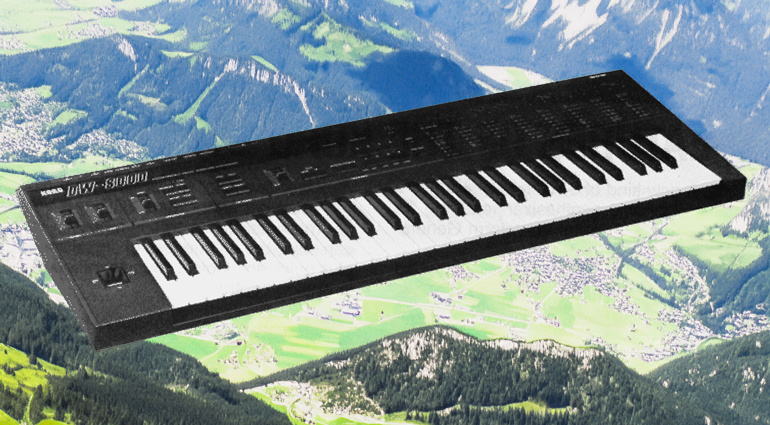



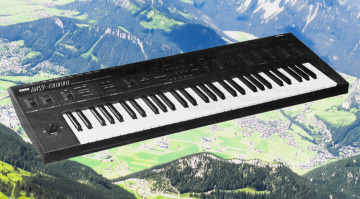

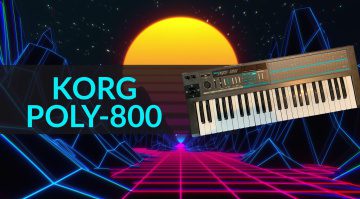
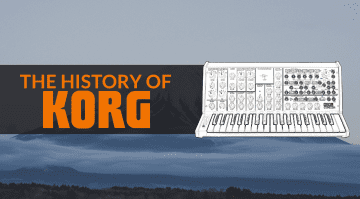
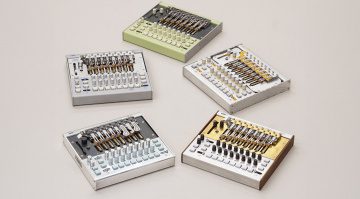
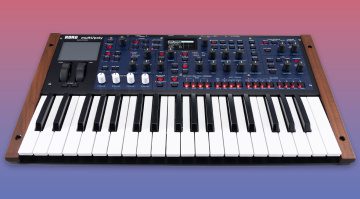
That’s a great homage to an under appreciated synth, and reflects my own feelings on it.
I had one for about 3 or 4 months, which was s/h and arrived from Germany, complete with a German manual (which i still have, as I sold it on to a U.K buyer who didn’t have a need for it) and euro pin power cord.
I suspect that if i hadn’t owned the swathe of analog & VA synths I had at the time, I might have hung on to it for longer. But that coupled with the brutally hard aftertouch on the keyboard & the non-tweak & grab programming, left it sitting on the bench for most jobs and projects.
A friend gave me one with a blown fuse. Found the fuse and touched a few places with a soldering iron and it’s been running since 2011…. Dig it.
I still own a Korg DS-8.
It’s built like a steel tank and still works perfectly after 40 years.
i want a keyboard that sounds like a pipe organ
I have a DW-6000; still running after 40 years. Great synth… Lacks a few bells and whistles the 8000 had.
That said, I am not sure it was unheard of, just underappreciated.